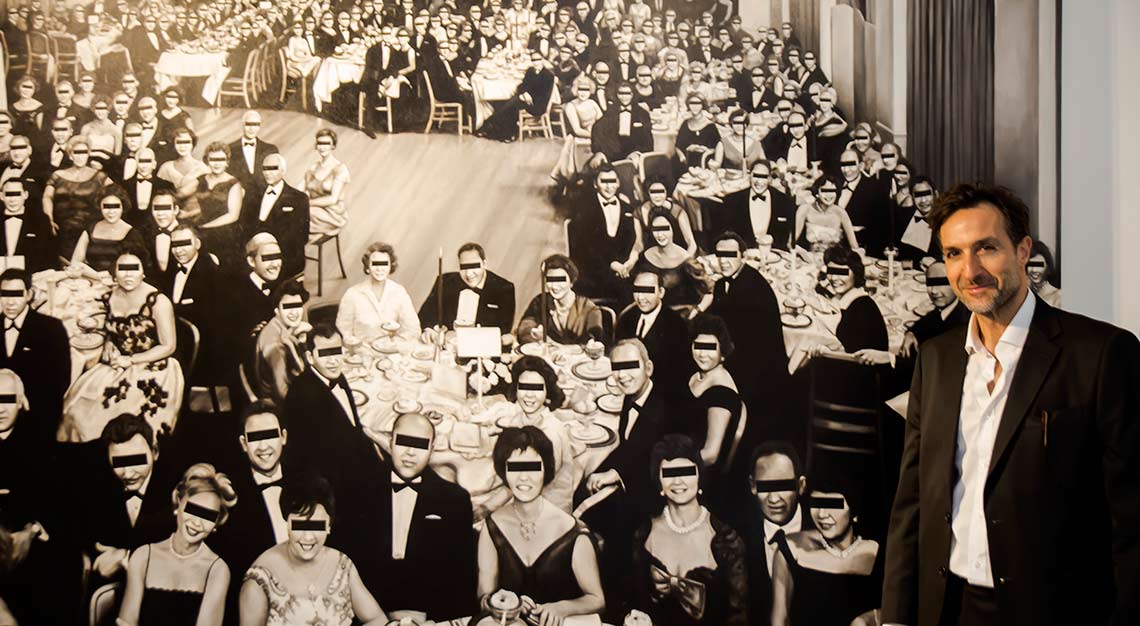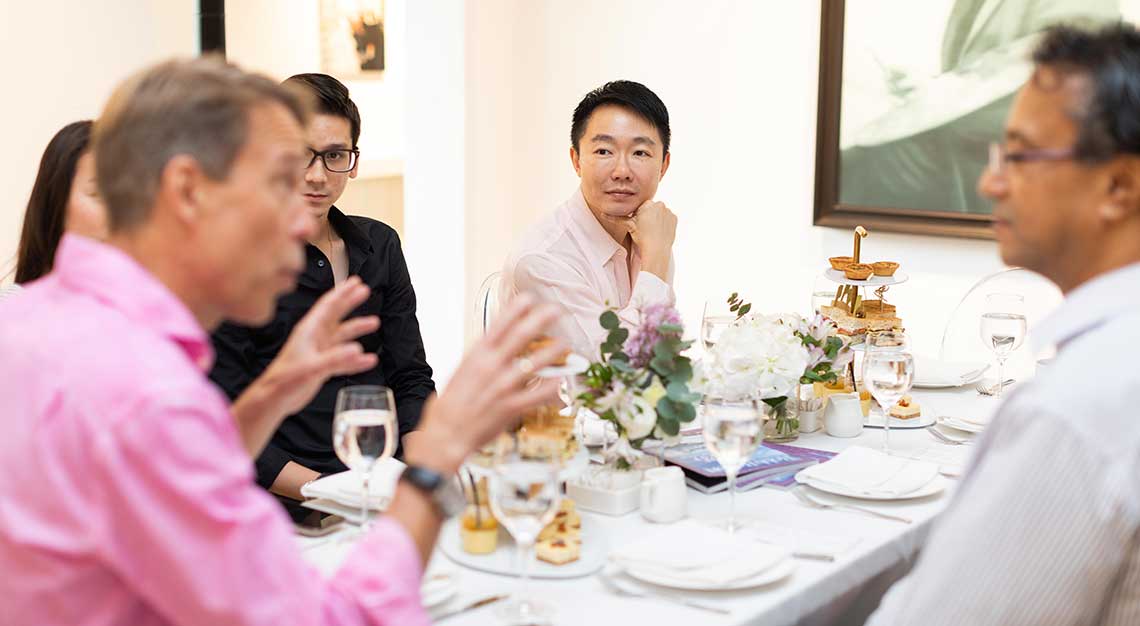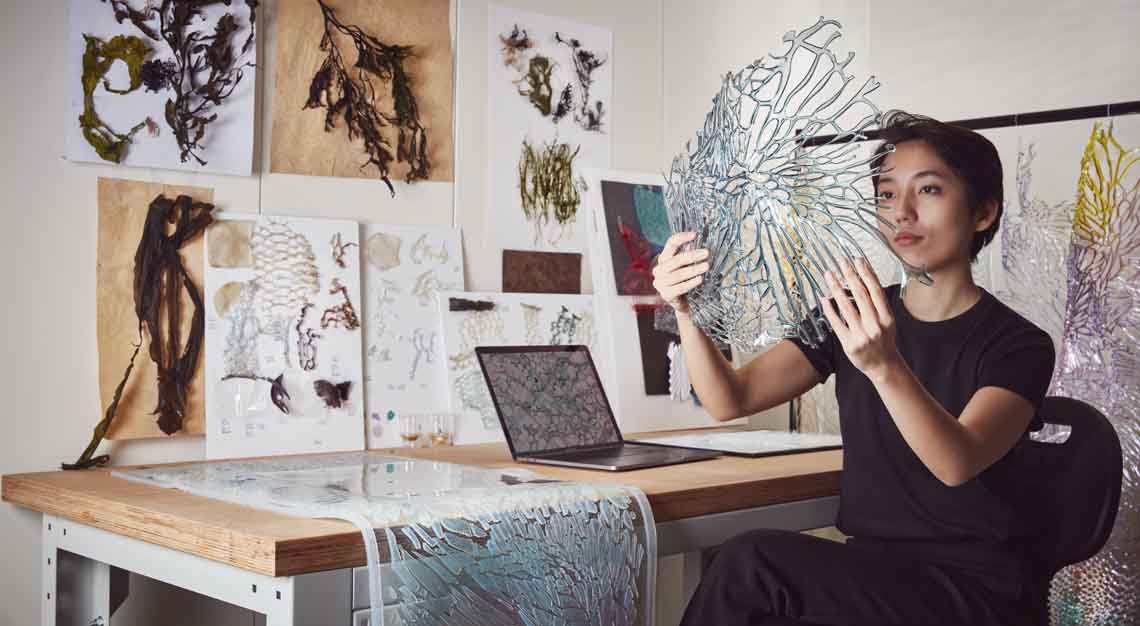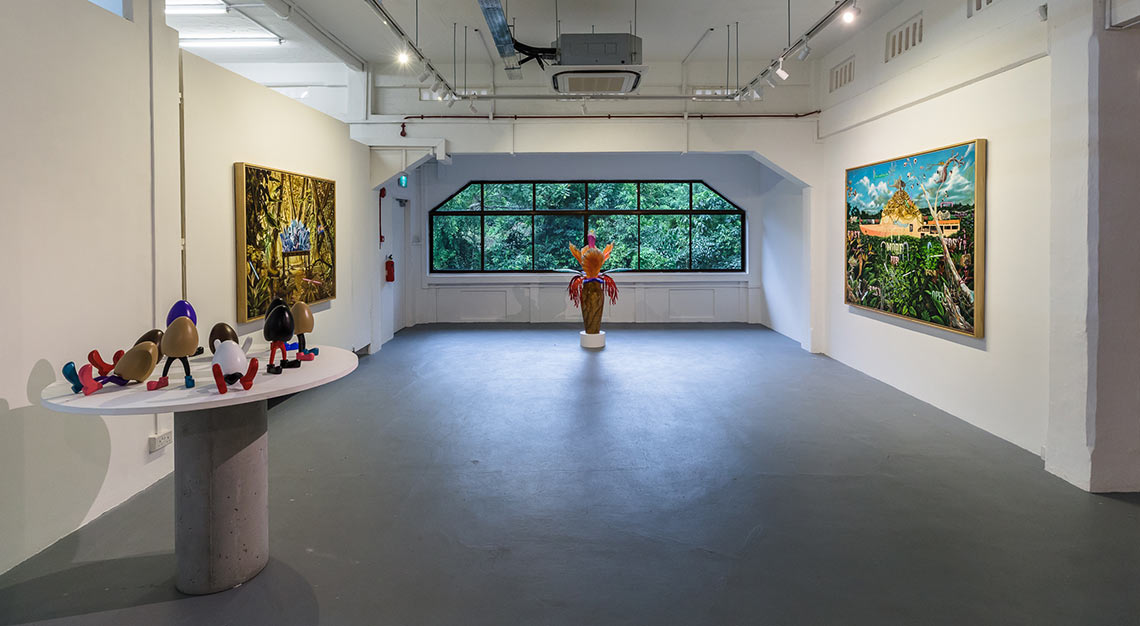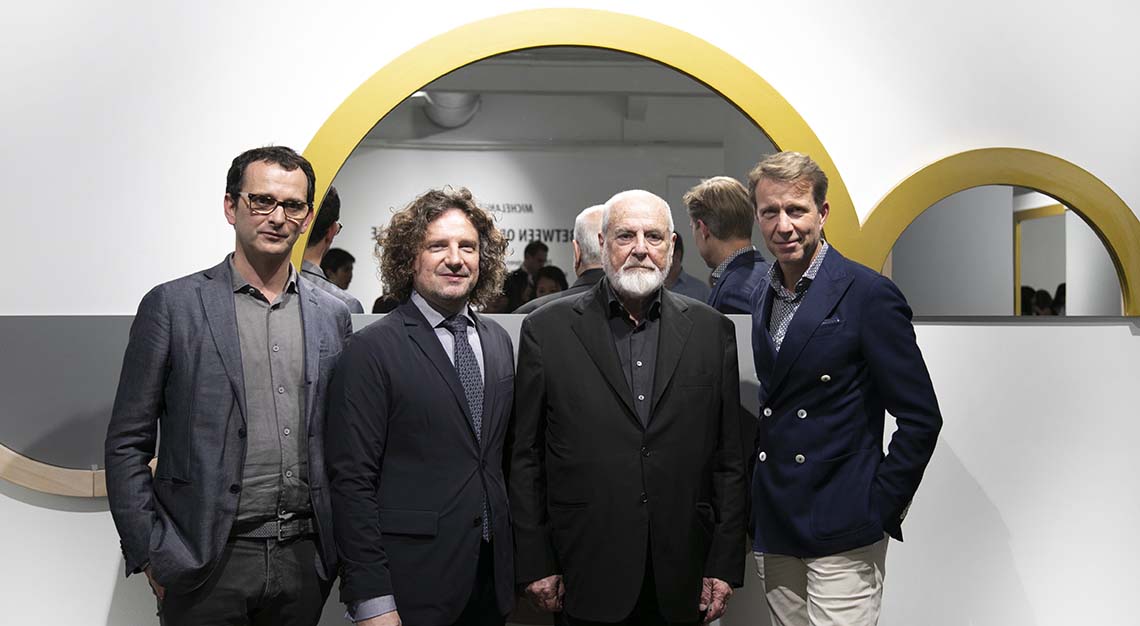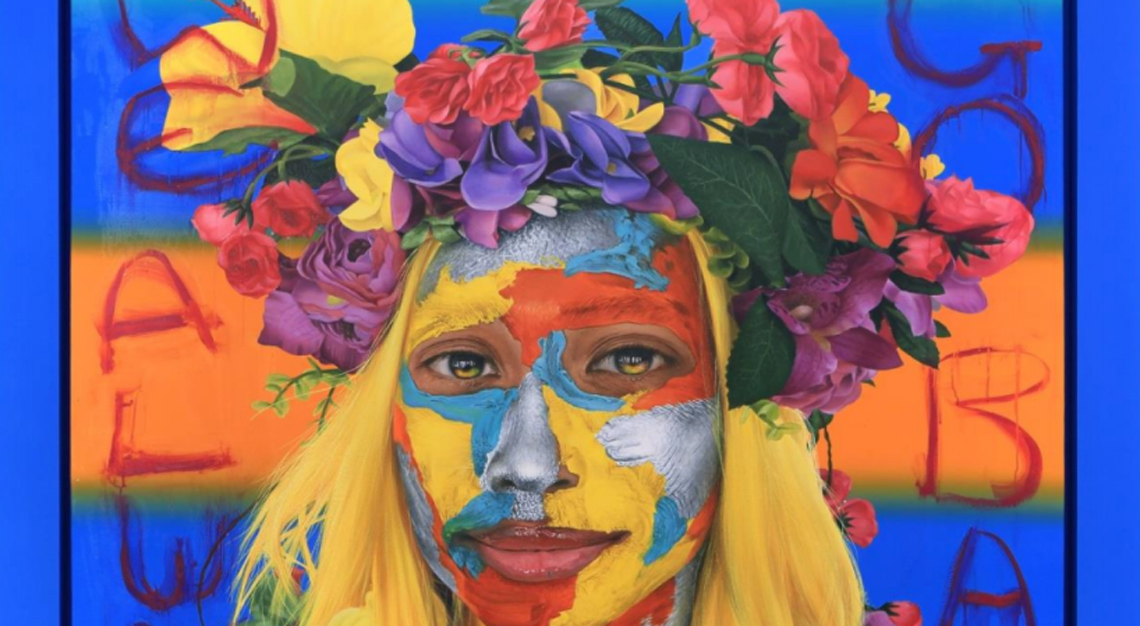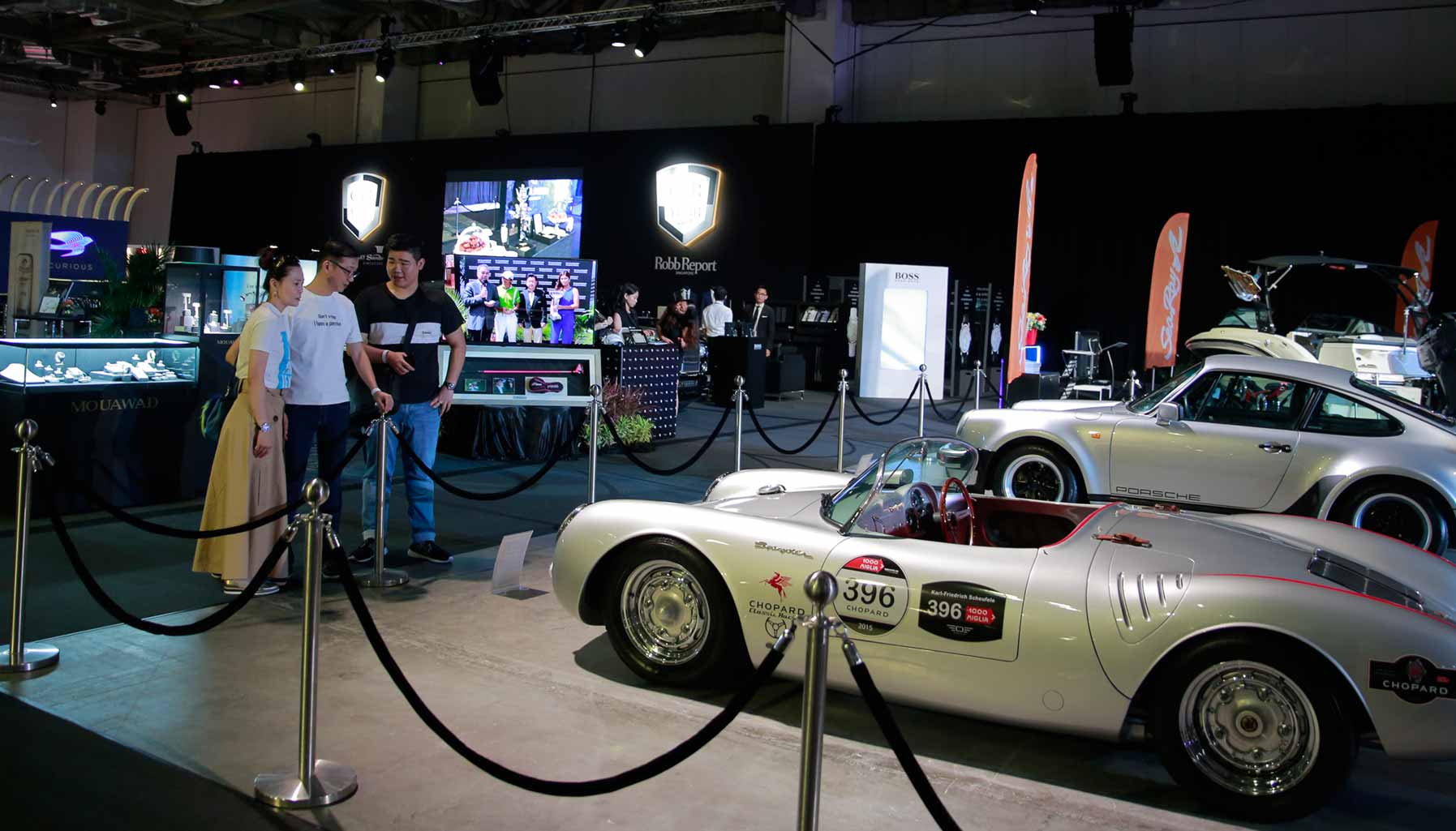Expect to question your reality at Eyedentity, Stephane Graff’s first solo exhibition in Asia, now on at Partners & Mucciaccia until 13 January 2019
The self-taught Franco-British artist, who has exhibited throughout Europe, is strongly influenced by the psychoanalytic theories Freud and Jung. Alternately unsettling or amusing, his works explore the conflicting themes of analogue and digital, public and private, and what is visible versus what is concealed.
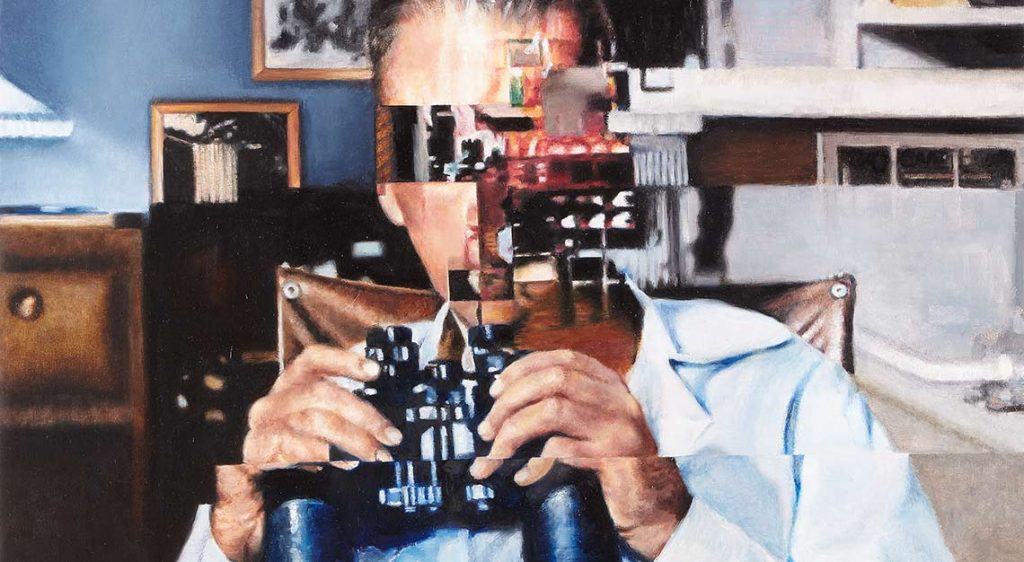
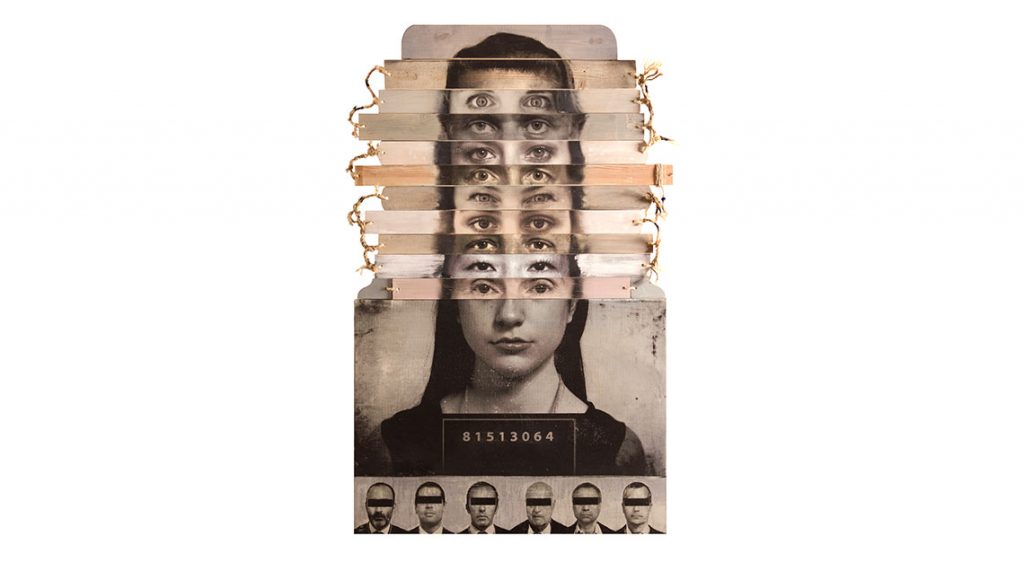
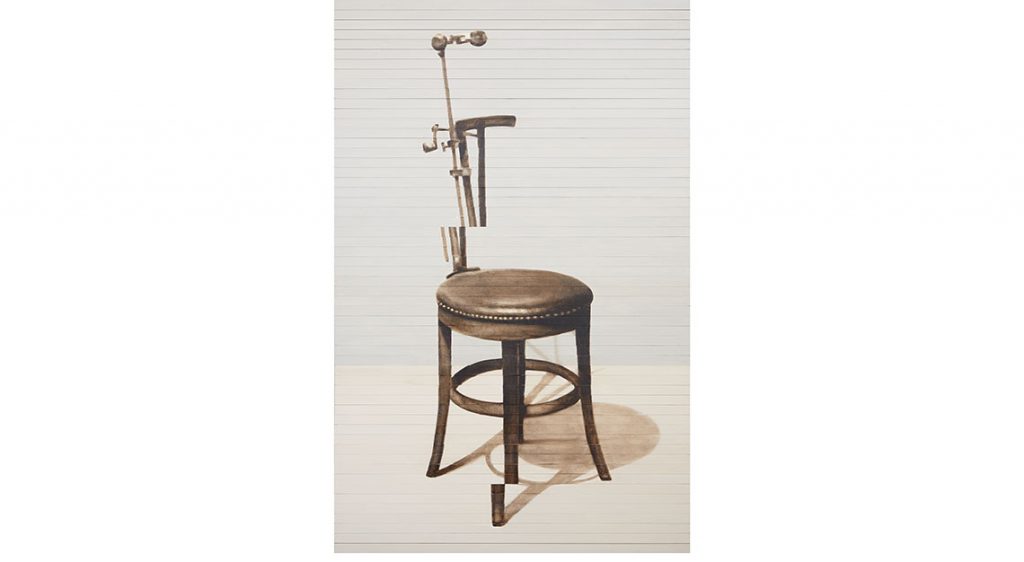
The exhibition at Partners & Mucciaccia includes a selection of works from Graff’s most recent and famous series, including the photorealistic monochrome Black Box and Banquet paintings in which censor-like black strips are placed over their subjects’ eyes. It also includes his Glitch paintings, which explore how digital mediums impact images, as well as his Mille-Feuille oil paintings, which are composed on dozens of wood strips that are then reassembled to create a sense of distortion.
Your father (Laurence Graff, founder of Graff Diamonds) is a well-known art collector. Did you grow up surrounded by art?
My father collects impressionist paintings and we love discussing art together. I became an artist at a young age, actually, before my father started collecting contemporary works. That may have had an influence on him.
Why did you turn to photorealism and psychoanalysis?
Isn’t that a universally fascinating topic? Aren’t we all interested in who we are and how the world perceives us? When I look back at my work, I noticed I was focused on the theme of identity long before I was aware of it.
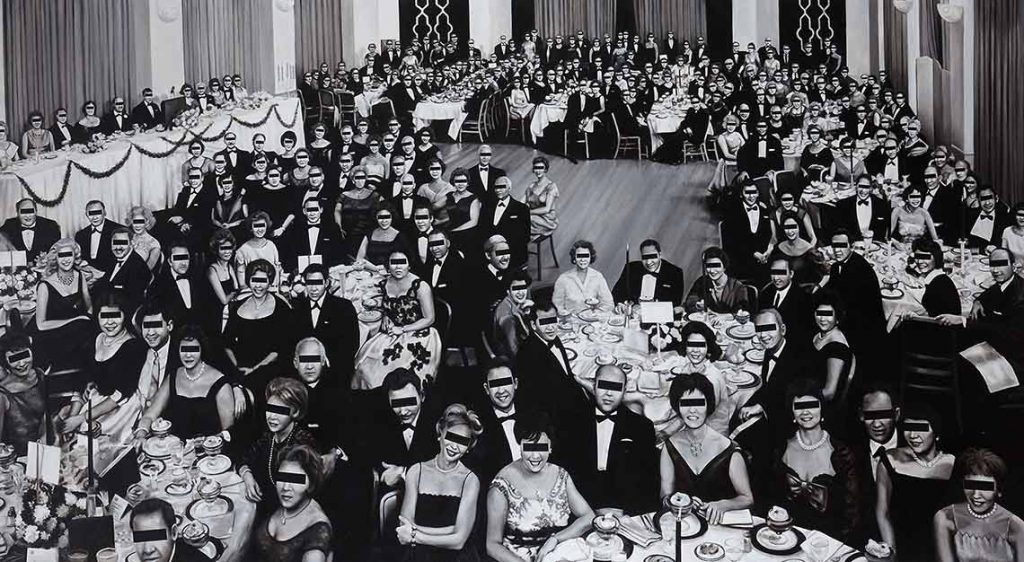
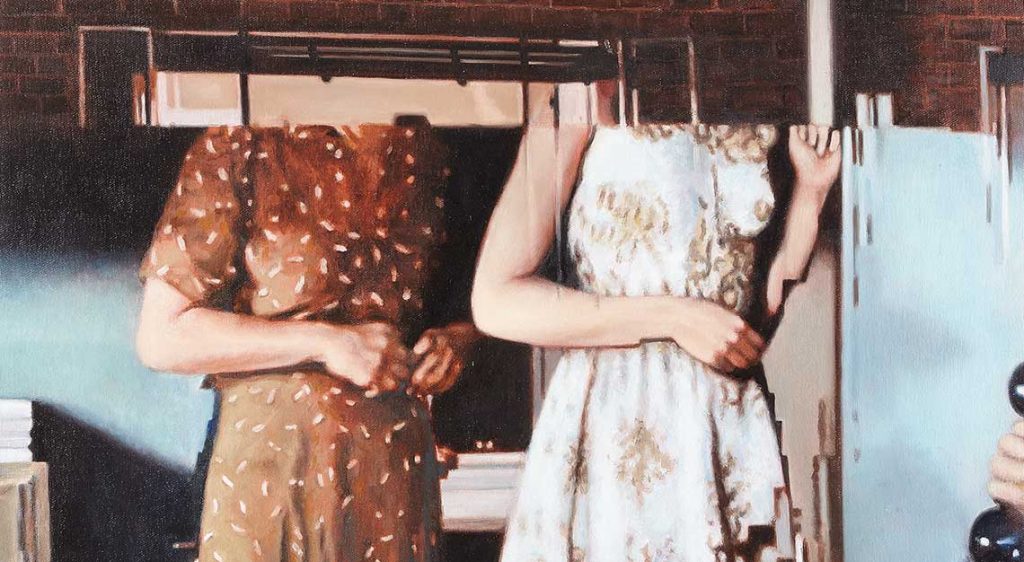
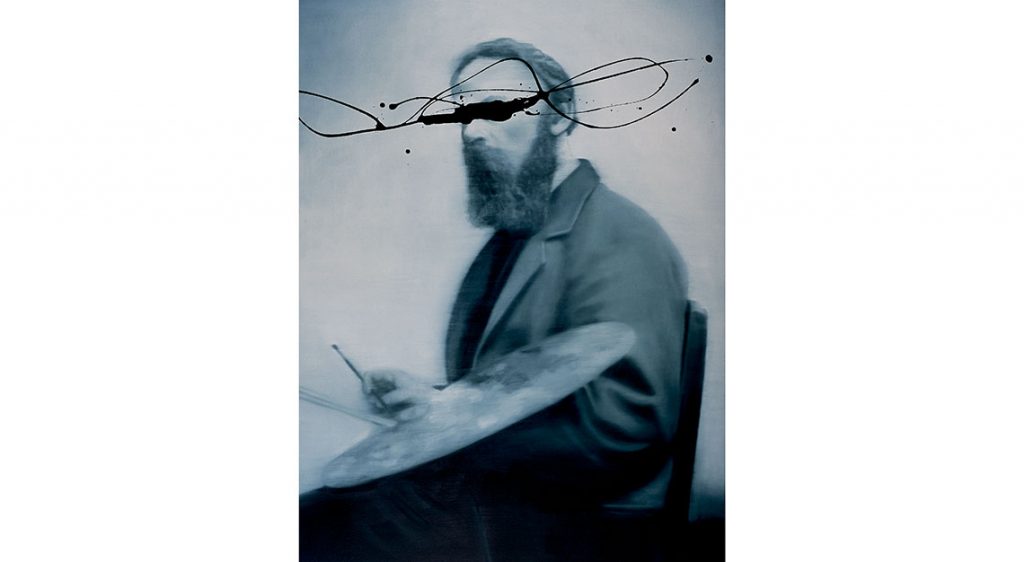
In 2008, you created a fictional person called Professore for your photographic work. Who is he?
Professore is an enigma. Nobody understands him; even I can’t pin him down when he runs riot in my head. I was interested in the idea of creating work that was made by an alter ego to give me a different perspective. We don’t know if Professore is a genius or a charlatan. Scientists and artists go about their work in very similar ways – experimenting, not knowing where they’re going, only hoping that some discovery will be made along the way.
How do you see the current trend of ever-growing prices for art?
It’s getting out of hand. Big collectors and some auction houses are playing a huge part in that and people are thinking the bubble is going to burst, but it looks like it just keeps going. I love old masters, but that hasn’t done so well. Some contemporary artists are selling for much more, which shows something is skewed. If I were to think about what to paint for more money, it would distort my creativity.
Do you ask yourself what determines the value of your work?
Sometimes something magical happens on a canvas, and that’s what I’m interested in. It’s not the scale or value of a piece.
But then your paintings will be sold by a gallery, which may have a different opinion on what they’re worth. Is there a discussion between you?
Yes, the pricing is based on the history of prices; scale also factors into the equation. Look at the Mona Lisa – it’s not a big painting, but it’s the most famous one in the world.
